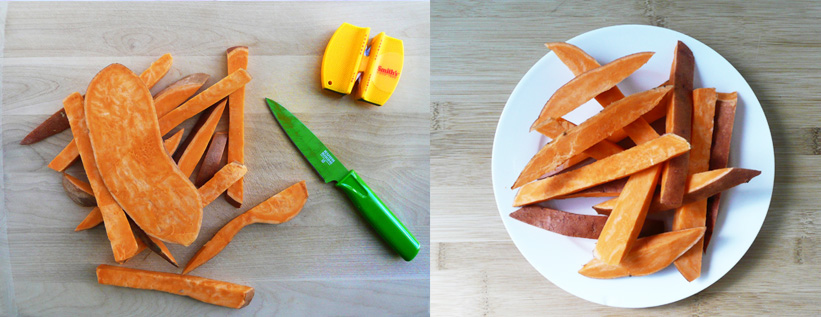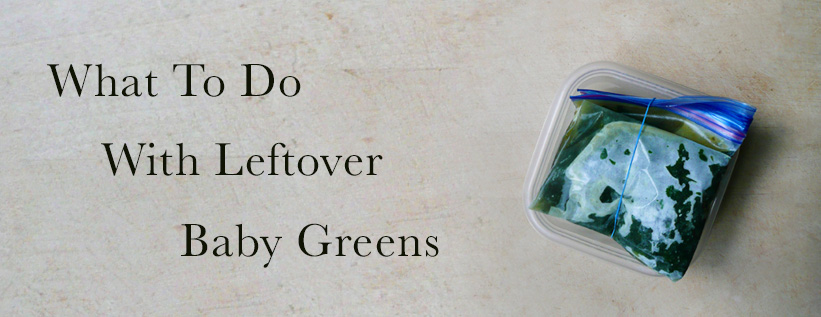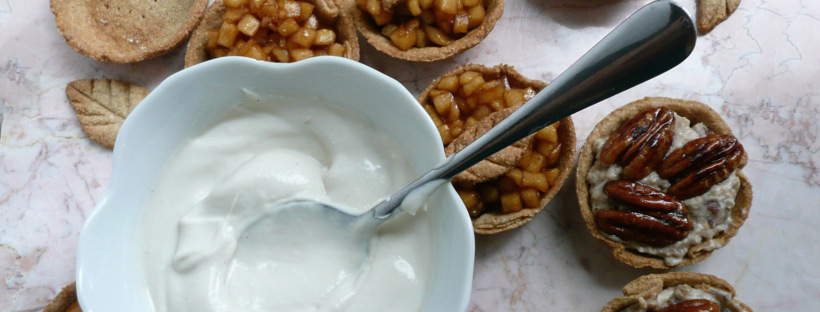A super simple and refreshing dessert for hot summer days.
Tag: Basics
My Technique / Tips for Cutting Sweet Potatoes
Sweet potatoes are one of my favorite vegetables, and they are super versatile, but they can be difficult to cut. Here are the tips and techniques that I use to make the job a little easier.
What To Do With Leftover Baby Greens
Sometimes when you go grocery shopping, you see a gigantic bag of organic baby greens for $5 and think "Hey! That's a great deal!" Once you get home though, you realize that there is no way that you're going to be able to eat that entire bag of baby greens before they go bad. But have no fear! There's a super easy way to get the most out of your purchase.
Cashew Whipped Cream – Dairy Free, Gluten Free, Vegan
This cashew whipped cream is a great alternative to store bought whipped topping, and it's super easy to make.



